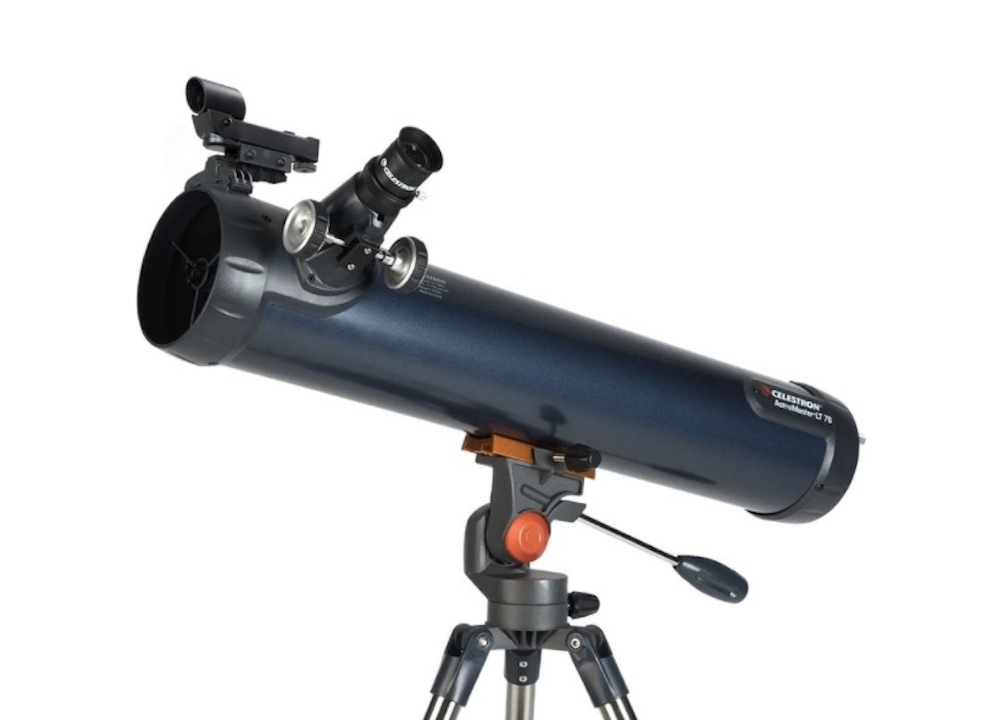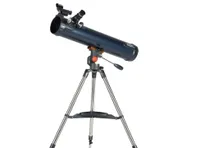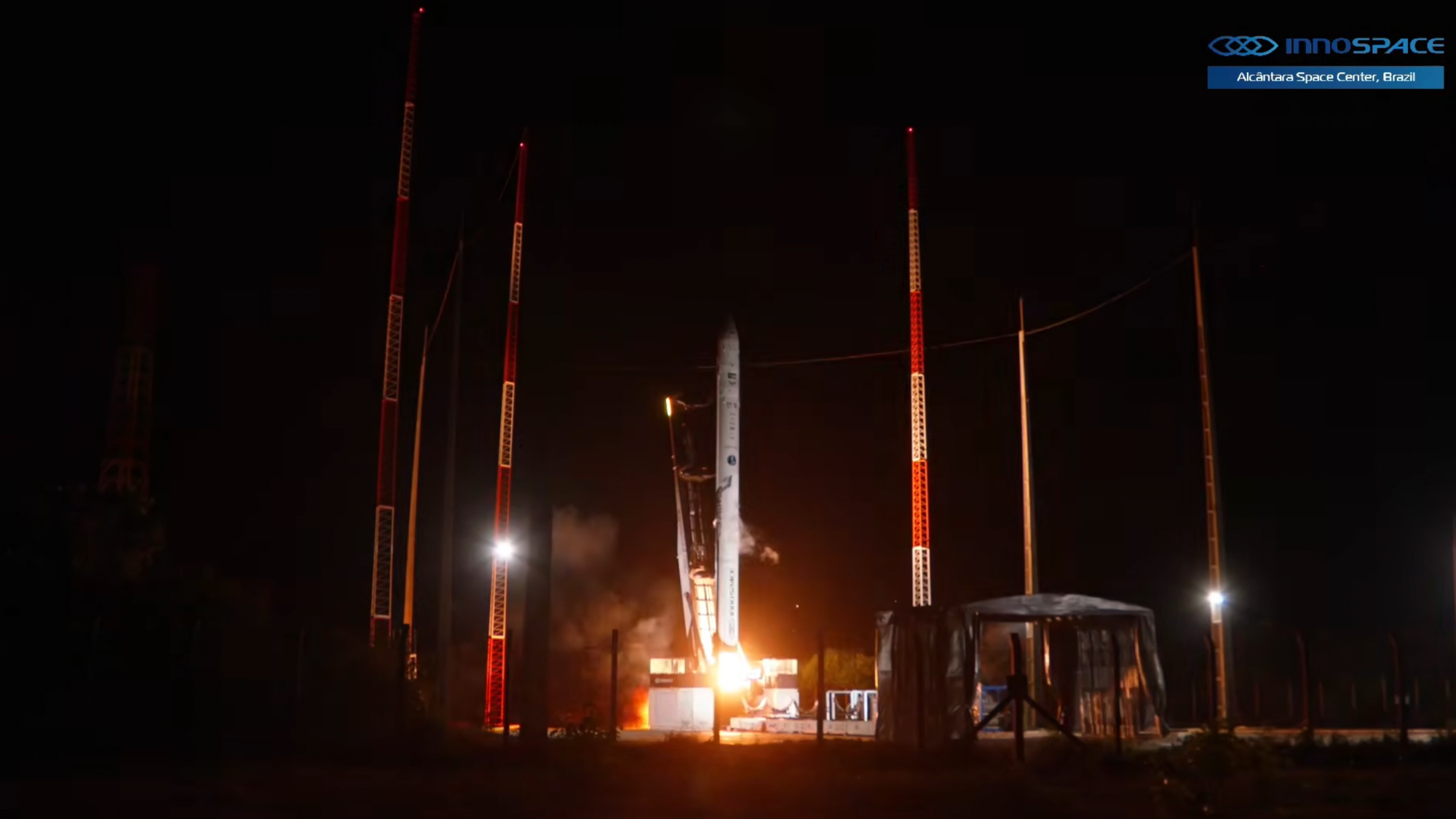Celestron's AstroMaster LT 76AZ Telescope is now $111.59, 14% off the retail price
For a little over $100, you can get started in skywatching with a great-quality instrument

Editor's Note: This deal is now over as the product is out of stock. Read our regularly updated list of the best Cyber Monday telescope deals instead.
If you've ever wanted a telescope to get started in skywatching but don't want to invest a fortune, then step this way — the Celestron AstroMaster LT 76AZ is just $111.59 this Cyber Monday at Amazon. That's 14% off the retail price of $129.95.
The AstroMaster LT 76AZ comes fully equipped for successful observations: 20 mm and 10 mm eyepieces for magnifications of 35x and 70x, a StarPointer finderscope, accessory tray, mount, tripod and Starry Night Basic astronomy software, which includes a database of 36,000 objects, printable sky maps as well as three-dimensional renderings of stars, exoplanets and galaxies.
The 2.99-inch (76 mm) aperture offers the option to indulge in both astronomical viewing at night and terrestrial observations during the day. So whether you want to magnify a mountain peak or get up close to the craters and rilles of the moon, this great value reflector will provide clear, correct sights with good resolution and color.
Celestron AstroMaster LT 76AZ Telescope: $129.95 $111.59 at Amazon
It's easy to get set up and observing the night sky with the Celestron AstroMaster LT 76AZ, now 14% off at Amazon. With its 2.99-inch (76 mm) aperture, skywatchers can enjoy the moon, planets and a selection of deep-sky treasures. Supplied with everything the observer needs to get started in astronomy.
Turn the telescope to the rings of Saturn or the moons of Jupiter and the skywatcher won't be disappointed: the AstroMaster LT 76AZ's aluminum- and silicon dioxide-coated glass optics collect a sufficient amount of light to pick out the Cassini Division and detailing in the Jovian atmosphere. Fair clear and crisp views of bright deep-sky targets — including the Pleiades star cluster (Messier 45) and Orion Nebula (Messier 42) — are also within reach of the optical system.
Being a beginner's telescope, the AstroMaster LT 76AZ needs no tools to be set up and the steel tripod comes preassembled out of the box. For smooth, effortless tours of land and sky, a simple alt-azimuth is supplied, ensuring that the skywatcher can spend more time observing over orientating the instrument.
Be sure to check out more of Space.com's Cyber Monday deals on telescopes and binoculars from Orion, Celestron, Meade Instruments, Sky-Watcher and Vixen.
Celestron AstroMaster LT 76AZ Telescope: $129.95 $111.59 at Amazon
It's easy to get set up and observing the night sky with the Celestron AstroMaster LT 76AZ, now 14% off at Amazon. With its 2.99-inch (76 mm) aperture, skywatchers can enjoy the moon, planets and a selection of deep-sky treasures. Supplied with everything the observer needs to get started in astronomy.
Breaking space news, the latest updates on rocket launches, skywatching events and more!

Gemma currently works for the European Space Agency on content, communications and outreach, and was formerly the content director of Space.com, Live Science, science and space magazines How It Works and All About Space, history magazines All About History and History of War as well as Science, Technology, Engineering, Arts and Mathematics (STEAM) kids education brand Future Genius. She is the author of several books including "Quantum Physics in Minutes", "Haynes Owners’ Workshop Manual to the Large Hadron Collider" and "Haynes Owners’ Workshop Manual to the Milky Way". She holds a degree in physical sciences, a Master’s in astrophysics and a PhD in computational astrophysics. She was elected as a fellow of the Royal Astronomical Society in 2011. Previously, she worked for Nature's journal, Scientific Reports, and created scientific industry reports for the Institute of Physics and the British Antarctic Survey. She has covered stories and features for publications such as Physics World, Astronomy Now and Astrobiology Magazine.

